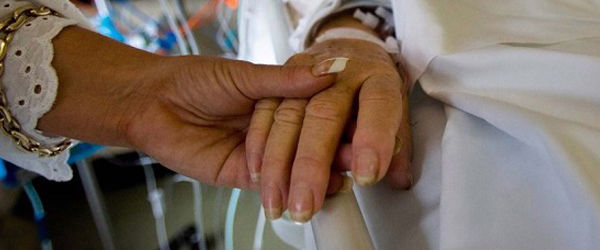Loyola Marymount University and Mount St. Mary’s College each received high accolades in U.S. News & World Report’s annual “Best Colleges” rankings released Sept. 10.LMU was rated third among the best regional universities in the West for the second year in a row, according to U.S. News & World Report.“It’s no surprise that LMU continues to be recognized for providing a top-quality education to our students,” said LMU president David Burcham. “We work hard to live up to our mission of educating the whole person, and it’s gratifying to see outside experts acknowledge and celebrate our success.”LMU’s Frank R. Seaver College of Science and Engineering moved up three places in the rankings of undergraduate engineering programs, tying seven other colleges for the No. 22 spot.“Once again, our college has been cited by our peers as an excellent place for students to learn and develop their skills and expertise,” remarked Richard Plumb, dean of Seaver College. “Our inclusive and comprehensive curriculum educates engineers and scientists in the latest technologies, and schools them in the oldest human truths.”The marketing program in the College of Business Administration was also ranked 22nd among marketing programs at undergraduate business schools. In a previous interview with The Tidings, Burcham talked about LMU’s Jesuit history and mission playing a big role in its drive for excellence. “The mission has always included the encouragement of learning, education of the whole person and faith-backed service in the promotion of social justice, and it doesn’t reside in any one person, including the president,” he observed.“Instead, it is embraced and resides in the students, in the faculty and among the staff. And so my main job is to keep the engine going and to enhance it when I can and to resource it in adequate ways. And to make sure that we’re walking the line. …“We are a university that is also a Catholic university, but we are a university,” he added. “And among other things, that means open inquiry; that means being willing to be challenged in beliefs. I think the best of the Jesuit tradition actually invites that.”The former political science and ethics high school teacher said that what makes good college teachers is having a real passion for the subjects they teach, and then having the “magic or talent” to infuse their students with the same passion for learning.“Sometimes that happens naturally in the classroom or lab, but more often professors learn it through trial and error, along with years of experience,” Burcham pointed out. “And that passion, which is really no different from first grade to law school, is what makes all the different in the quality of education.” This year’s rankings place Mount St. Mary’s at No. 20 among “Best Regional Universities in the West,” a category that includes 135 schools. Within the state, Mount St. Mary’s rates 10th among 42 California schools in its classification. U.S. News noted that MSMC offers more than 35 academic majors and minors, and that graduate students can pursue master’s degrees in several fields, including its well-known health programs. The survey highlighted campus opportunities for community engagement and spiritual ministry, and Mount St. Mary’s rankings also were influenced by its strong freshman retention rate (81 percent) and a low student-faculty ratio of 13:1. “We are pleased to see these rankings,” said MSMC president Dr. Ann McElaney-Johnson. “But as someone who has the privilege of daily interaction with our talented students and our gifted faculty, I already know the excellence that exists on our campuses. I’m simply grateful that their impressive work is being recognized by such a knowledgeable, independent voice.” Additionally, Mount St. Mary’s was listed within the same field of competition as 14th among “Best Value Schools.” This category examines a school's academic quality combined with the net cost of attendance for a student who receives the average level of need-based financial aid. At Mount St. Mary’s, primarily a women’s college on two campuses (Chalon and Doheny) where more than 50 percent of its scholars are first-generation college students, nearly 89 percent of Mount students receive need-based grants. {gallery width=100 height=100}gallery/2013/0920/olacollege/{/gallery}

